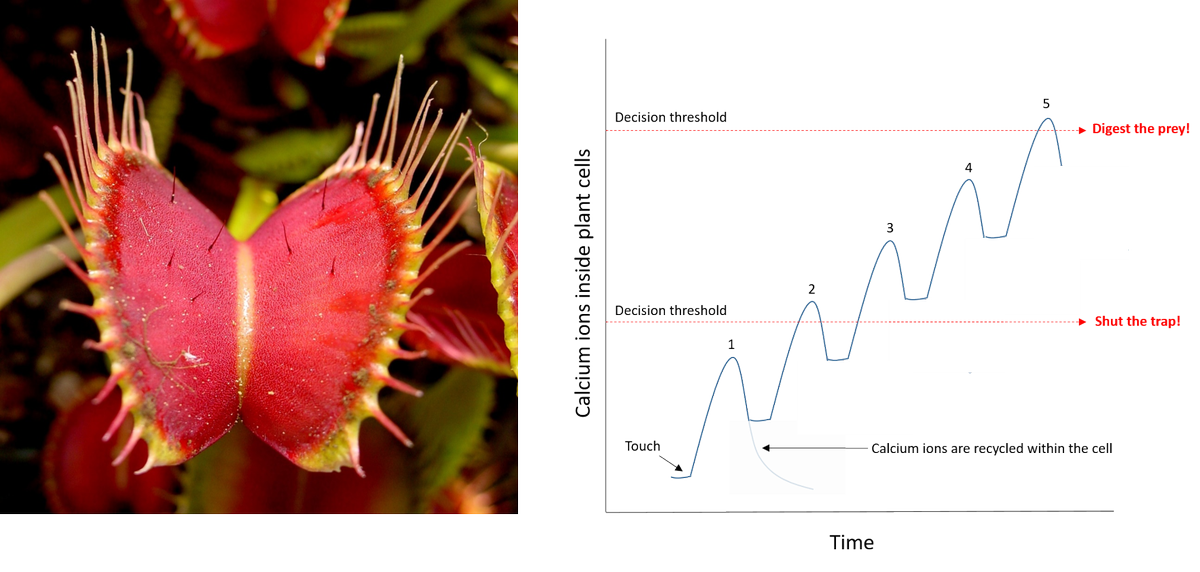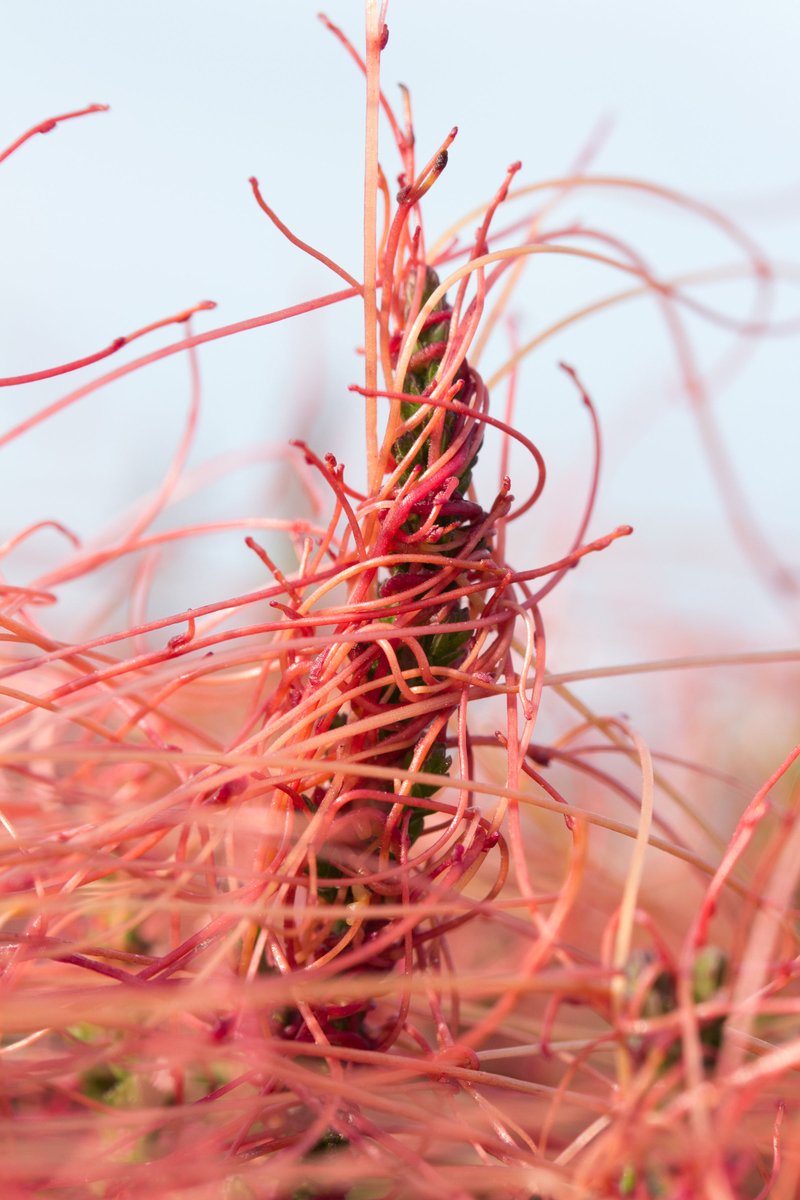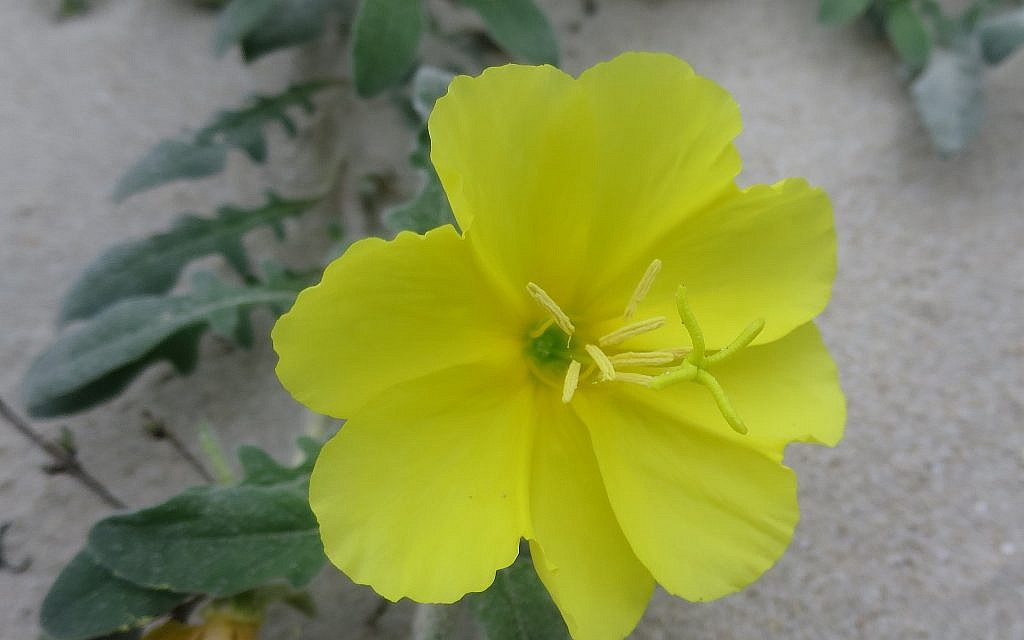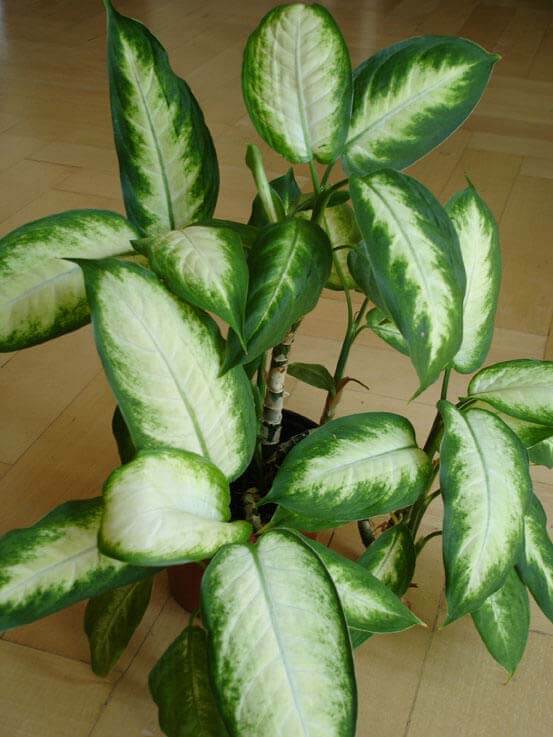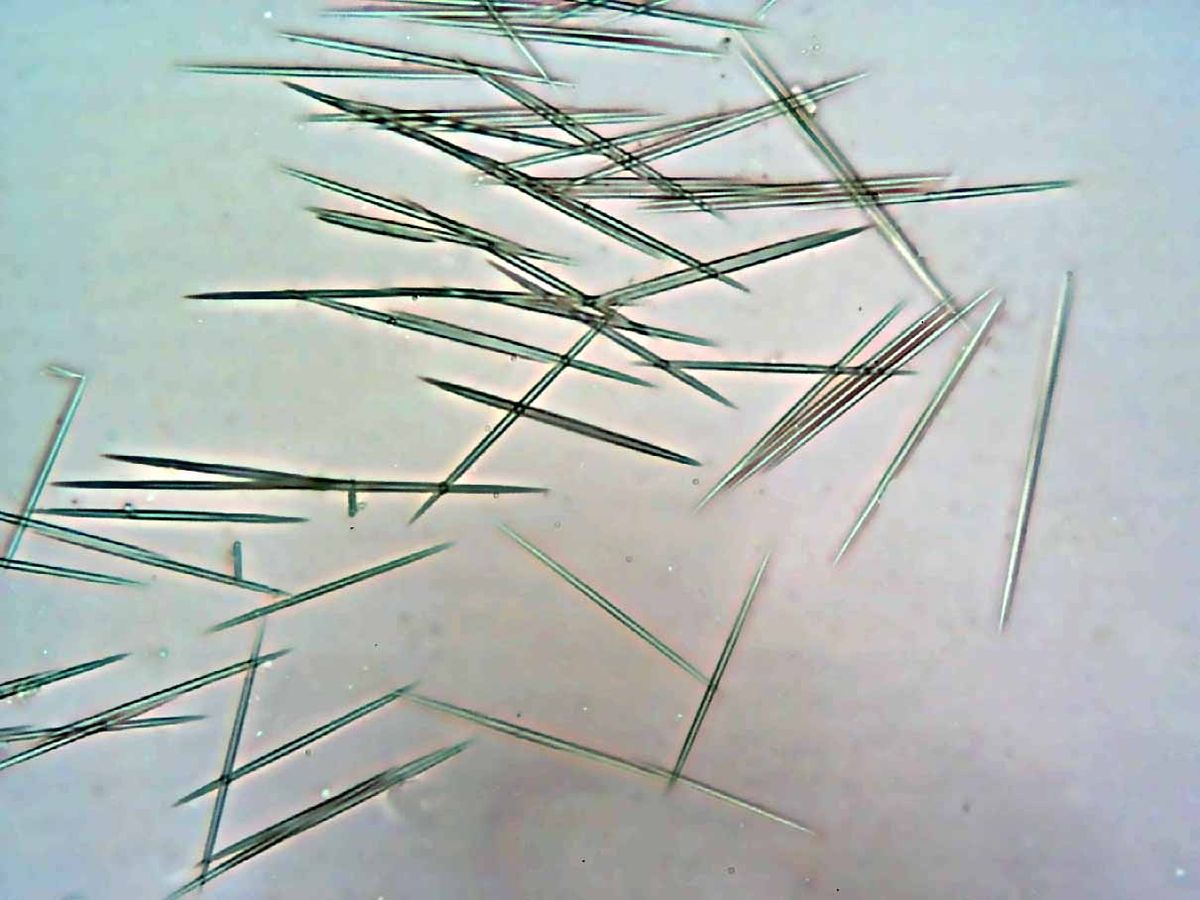Exhibit A - The nettle.
Defends itself with trichome cells encased in biologically-synthesised glass (silica)...what the what?
1/5
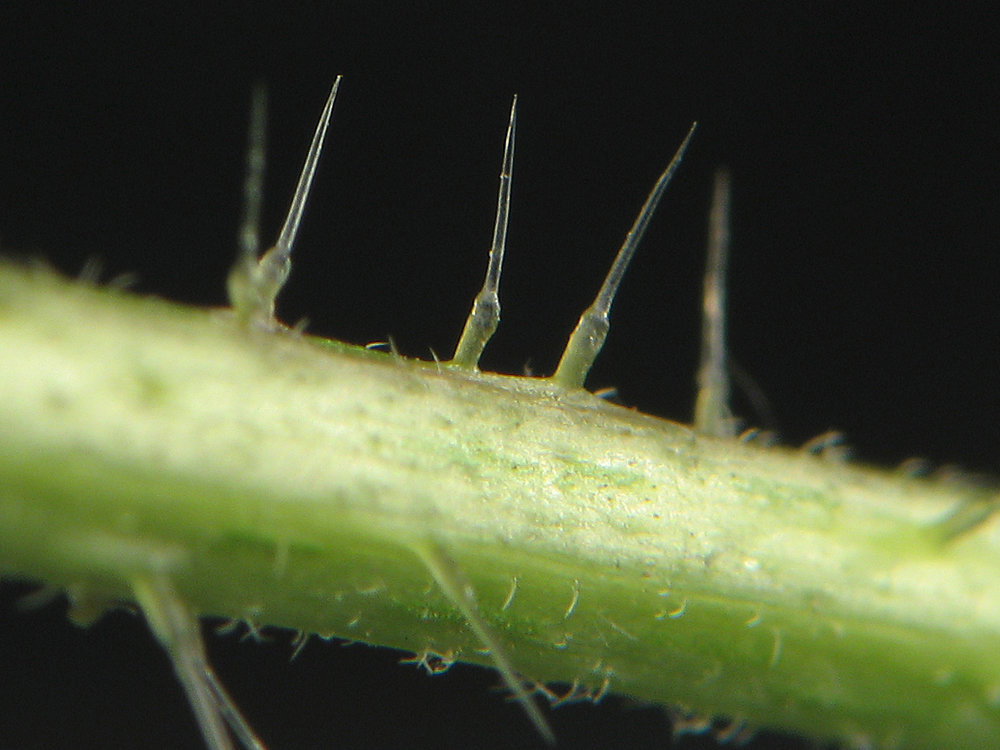
The stinging sensation = organic acids. Chemical weapons may seem OTT, but when you can't run away, things get serious, quick.
2/5
The histamine that is released from the trichome into your dermal tissue tells your tissue to become more permeable, allowing the organic acids to spread.
3/5
This exacerbates the situation, extending your discomfort.
4/5
Nettles that have experienced herbivory, will invest more in defence, by producing more of the stinging trichomes per unit area. Get some, herbivores.
5/5
#Plants interact with, and manipulate the world around them.
Different coloured petals = biochemical chit-chat with pollinators.
1/4

The red flowers have already been pollinated - no nectar. So why not do your thrip bro a solid & tell it where the nectar is, whilst also optimising your own fertility?
2/4
3/4
The plant benefits from optimised fertility.
We benefit from the kaleidoscope of colours.
Plants - what's not to love?
4/4
2 touches within ~20 seconds is sufficient for the trap to shut.
2/5
SHUT THE TRAP!
But did it make a mistake? The trap checks its math & waits for another three trap hair touches within the closed trap. This tells it there is an insect for sure.
3/5
If the additional 3 touches come following trap closure.
IT TURNS INTO A STOMACH!
4/5
Elegant in its simplicity.
Plants are awesome.
5/5
In the lab, we have to blast them with mad concentrations of sulphuric acid.
2/6
Other plants avoid the shade. Cuscuta loves the dark. Tough guy.
3/6
The vibration is almost certainly relayed to cells of the nectary by mechano-sensitive receptors, triggering an investment of sugar into the nectar.
2/4
Can't say for sure, but it could reward insects that visit multiple flowers on the same plant, or in close proximity, given that it takes ~3 minutes to trigger the nectar-sweetening response.
Some suggestion that anthropogenic noise interferes!
3/4
Paper on flytrap counting: doi.org/10.1016/j.cub.…
Lantana flower colour change: jstor.org/stable/23691186
Nettle trichome contents: doi.org/10.3390/molecu…
4/4
They are loaded with needle-like calcium oxalate crystals called 'raphides' (see picture above) & an armoury of chemical weapons and toxins.
2/4
Can continue to shoot raphides over extended periods.
Nice.
3/4
Can cause loss of speech and paralysis...hence the common name.
4/4

